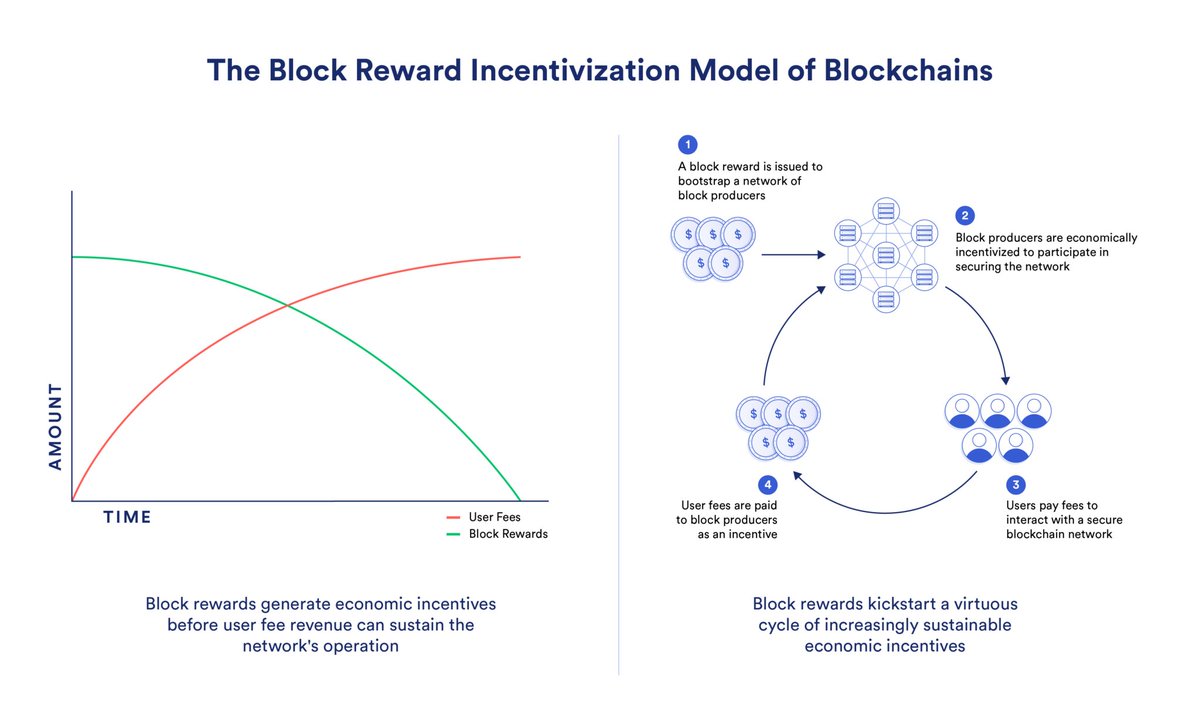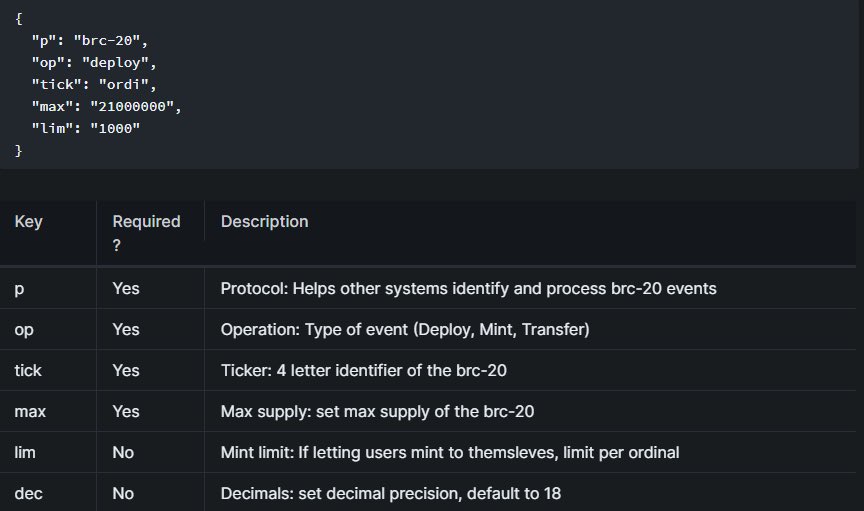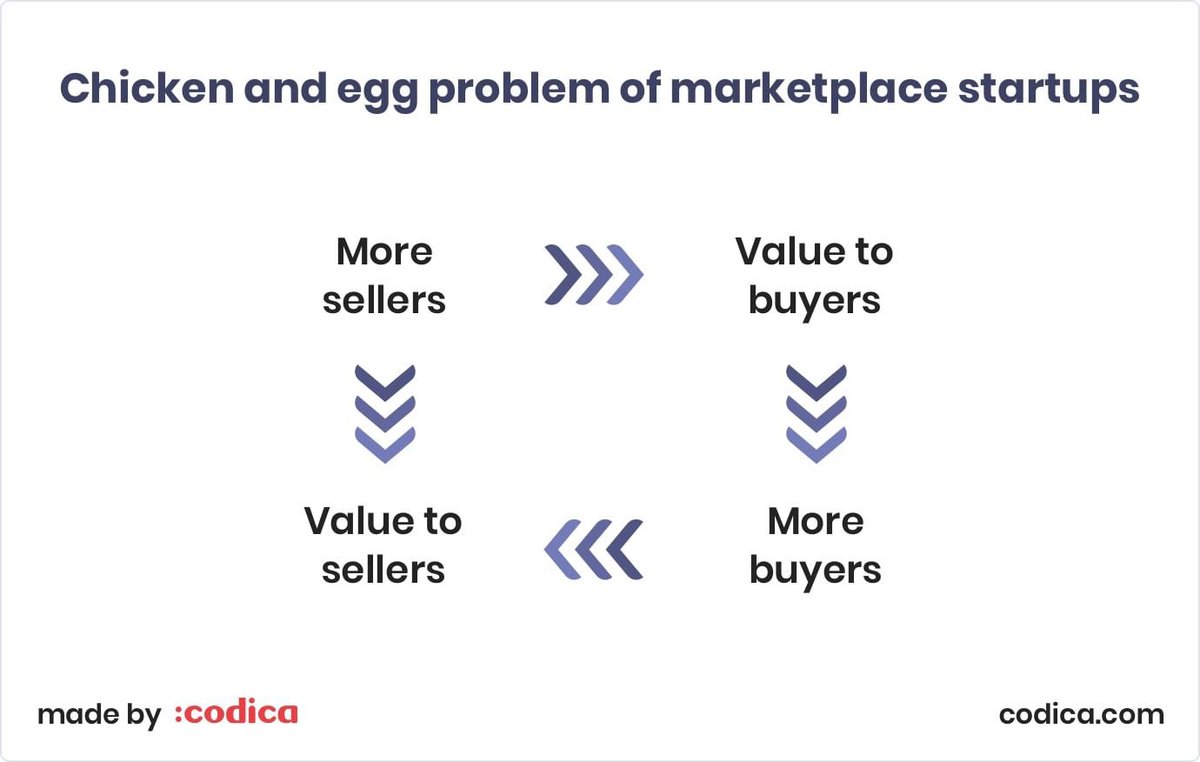For Web3 to succeed, each layer of the Web3 tech stack needs to become economically sustainable
⛓️ Blockchains
📄 Applications
🔮 Oracles
In pursuit of this goal, #Chainlink is pioneering the creation of a sustainable oracle economy 🧵
blog.chain.link/sustainable-or…
⛓️ Blockchains
📄 Applications
🔮 Oracles
In pursuit of this goal, #Chainlink is pioneering the creation of a sustainable oracle economy 🧵
blog.chain.link/sustainable-or…

Web3 represents a global movement focused on replacing prone-to-failure trusted intermediaries with decentralized trust-minimized infrastructure
Despite the bear market and all the fear, development hasn't stopped, but actually increased
Web3 is inevitable
Despite the bear market and all the fear, development hasn't stopped, but actually increased
Web3 is inevitable

To realize the full potential that Web3 can offer the world, the infrastructure underlying Web3 must become economically sustainable
This means each layer of the Web3 tech stack must earn fees from users and/or other the layers of the stack
This means each layer of the Web3 tech stack must earn fees from users and/or other the layers of the stack
Web3 consists of:
Blockchains: Underlying ledgers of the Web3 economy where assets/data are stored
Applications: Products/services that provide tangible value and utility to consumers
Oracles: Collection of trust-minimized services that apps require but cannot get from chains
Blockchains: Underlying ledgers of the Web3 economy where assets/data are stored
Applications: Products/services that provide tangible value and utility to consumers
Oracles: Collection of trust-minimized services that apps require but cannot get from chains

The fees paid by users who interact with Web3 apps not only support the applications themselves, but also the blockchain and oracle networks that make their operation possible
This sustainable value flow is crucial for a robust scalable ecosystem
This sustainable value flow is crucial for a robust scalable ecosystem
As adoption of Web3 grows, so does the amount of fees paid into the ecosystem, resulting in increasing sustainability
But we're still at the early stages of Web3 today and reaching full sustainability from fees will take time
How is this gap filled in the meantime?
But we're still at the early stages of Web3 today and reaching full sustainability from fees will take time
How is this gap filled in the meantime?
Simply put, to kickstart any two-sided market, a chicken or egg problem needs to be solved
Without paying users (buyers), there is no economic incentive for service providers (sellers) to exist
Without service providers, there are no services for users to purchase and consume
Without paying users (buyers), there is no economic incentive for service providers (sellers) to exist
Without service providers, there are no services for users to purchase and consume

Historically, Web3 protocols have overcome this challenge via token subsidization
Token incentives are provided to service providers to participate in the network's operation (supply side) and/or to users to utilize the platform to attract more usage (demand side)
Token incentives are provided to service providers to participate in the network's operation (supply side) and/or to users to utilize the platform to attract more usage (demand side)
Subsidies have proven effective at enabling protocols to provide high-quality services before a sufficient level of fees are generated to fully cover service provider operating costs
The goal is reach sustainability where subsidies are no longer required
The goal is reach sustainability where subsidies are no longer required
Subsidies can be seen across Web3:
Blockchains provide block rewards to miners/validators in exchange for network security
Applications provide token incentives to users to incentivize usage
Oracles provide oracle rewards to nodes in exchange for securing oracle services
Blockchains provide block rewards to miners/validators in exchange for network security
Applications provide token incentives to users to incentivize usage
Oracles provide oracle rewards to nodes in exchange for securing oracle services

Just as block rewards have proven effective for kickstarting blockchain ecosystems, so too have oracle rewards proven effective for oracle ecosystems
Fees remain the long-term source of rewards, subsidies bridge the gap
But what operating costs do oracle networks need to cover?
Fees remain the long-term source of rewards, subsidies bridge the gap
But what operating costs do oracle networks need to cover?
On-Chain: Gas costs of publishing oracle reports on-chain
Off-chain: Node infrastructure, full nodes, data subscriptions, monitoring, and management costs
Cryptoeconomic Security: Node profit margins and staking rewards
Coordination: Launch, maintenance, R&D, and support costs



Off-chain: Node infrastructure, full nodes, data subscriptions, monitoring, and management costs
Cryptoeconomic Security: Node profit margins and staking rewards
Coordination: Launch, maintenance, R&D, and support costs




However, subsidies cannot last forever, therefore any oracle network that attempts to forgo creating long-term sustainable economics introduces significant risk
So how is Chainlink is driving towards creating a sustainable oracle economy?
So how is Chainlink is driving towards creating a sustainable oracle economy?
Chainlink Economics 2.0 is a set of initiatives focused on increasing user fees, reducing operating costs, and establishing greater cryptoeconomic security
The ultimate goal is that node operators, coordinators, and stakers are supported in an economically sustainable manner
The ultimate goal is that node operators, coordinators, and stakers are supported in an economically sustainable manner

New monetization models are being introduced to increase the user fees and reduce payment friction
- Usage-based: Payments made based on ongoing service usage
- User fee-sharing: % of dApp fees paid into the network
- BUILD program: % of dApp native token paid into the network


- Usage-based: Payments made based on ongoing service usage
- User fee-sharing: % of dApp fees paid into the network
- BUILD program: % of dApp native token paid into the network



Various operating cost reduction strategies are being introduced
- OCR2: Efficient oracle network consensus
- Low-latency oracles: Users pay costs of publishing reports on-chain
- Feed Deprecation: Removing unused feeds
- SCALE: Blockchains subsidize oracle operating costs



- OCR2: Efficient oracle network consensus
- Low-latency oracles: Users pay costs of publishing reports on-chain
- Feed Deprecation: Removing unused feeds
- SCALE: Blockchains subsidize oracle operating costs




LINK will play an increasingly important role in the network's security
- Payments: Native LINK payments or non-native payments converted into LINK
- Security: Staked LINK back oracle services and earns portion of fees
- Reputation: Staked LINK creating inter-node competition
- Payments: Native LINK payments or non-native payments converted into LINK
- Security: Staked LINK back oracle services and earns portion of fees
- Reputation: Staked LINK creating inter-node competition

Chainlink Economics 2.0 ultimately represents a multi-pronged approach to accelerating the network's economic sustainability
However, reaching full sustainability will take time, given the amount of fees paid largely depends on the growth and adoption of Web3 as a whole
However, reaching full sustainability will take time, given the amount of fees paid largely depends on the growth and adoption of Web3 as a whole
To support the network's growth until full economic sustainability is achieved, tokens from the non-circulating supply are employed as subsidies, including as oracle rewards
In this regard, Chainlink is moving towards a more predictable, longer-term release schedule
In this regard, Chainlink is moving towards a more predictable, longer-term release schedule

Approaches towards achieving economic sustainability in Web3 are ever-evolving as new use cases are developed and and the infrastructure improves
Likewise, Chainlink Economics 2.0 is not a static initiative, but will also likely evolve and evolve over time to support the network
Likewise, Chainlink Economics 2.0 is not a static initiative, but will also likely evolve and evolve over time to support the network
Ultimately, I believe Web3 presents the most viable path towards improving society by re-establishing trust between mutually-distrusting entities by executing agreements on a credibly neutral settlement layer that is viewable to all and tamperable by none
To learn more about the value flows between layers of the Web3 stack and how Chainlink is pioneering the creation of sustainable oracle economics, I highly recommend taking a read of this recent blog
blog.chain.link/sustainable-or…
blog.chain.link/sustainable-or…
• • •
Missing some Tweet in this thread? You can try to
force a refresh

 Read on Twitter
Read on Twitter














